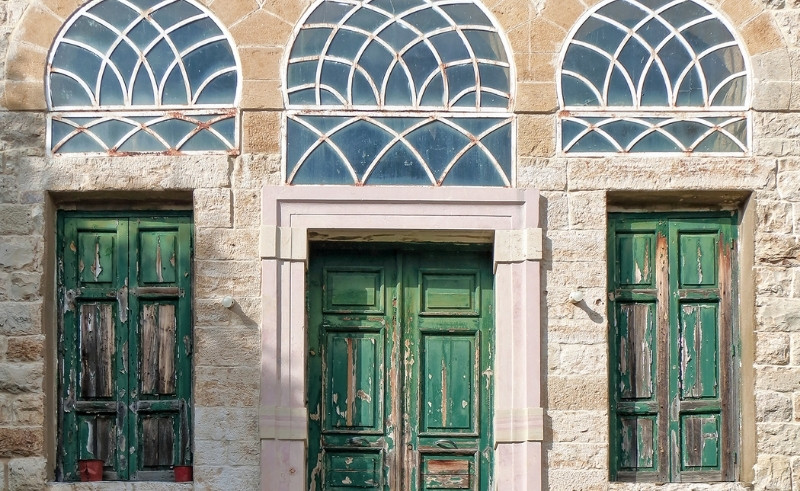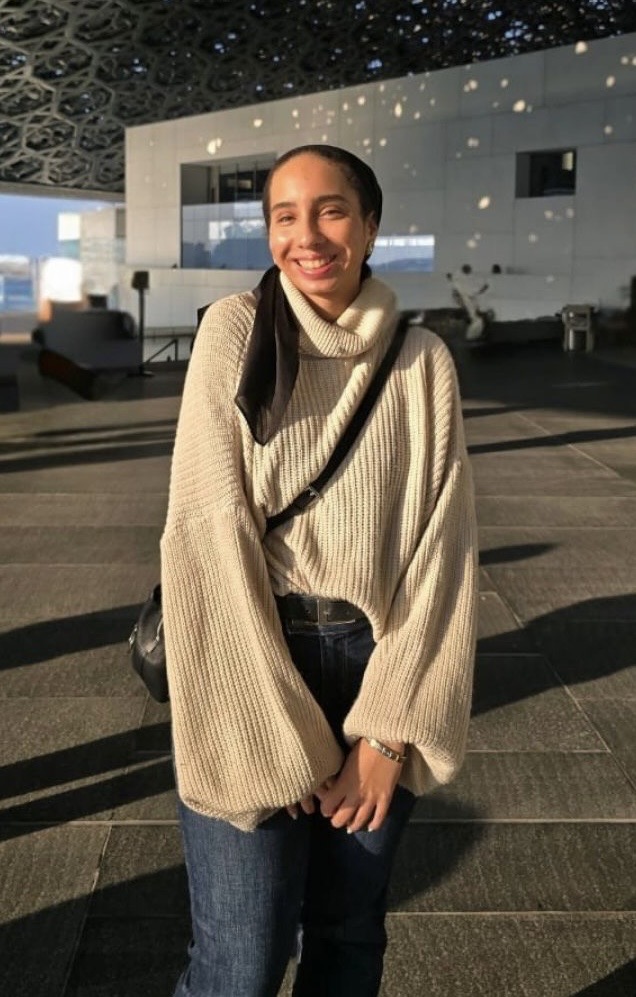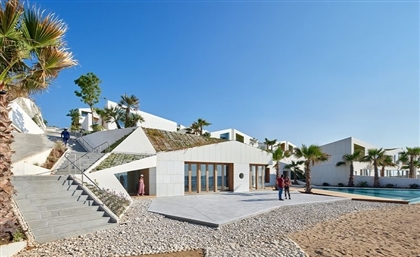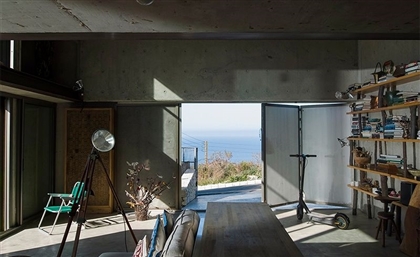Architect Rabih El Hage Archives Lebanon’s Abandoned Homes in Matn
Architect Rabih El Hage documents the abandoned heritage homes of Matn, revealing Lebanon’s layered architectural past.

In the hills of Matn, overlooking Beirut, clusters of abandoned houses embody Lebanon’s layered architectural history. Their arches, marble balconies and carved façades reflect a time when construction carried precision and expression in equal measure. Architect and urban planner Rabih El Hage has been documenting these forgotten homes, transforming casual exploration into a growing architectural archive.-52946215-e5cf-44c6-b4c9-9b1a1daff3d1.jpg) “I live in an area full of abandoned heritage houses,” he tells SceneHome. “When you grow up, you’re not really aware of the heritage around you.” It was only after studying architecture and urban planning that El Hage began to recognise their value. During the COVID-19 lockdown, he started photographing the old homes around Matn, an area once vibrant but largely deserted during the war. Many of these houses remain empty today, difficult to sell or restore, yet still rich in character and craft.
“I live in an area full of abandoned heritage houses,” he tells SceneHome. “When you grow up, you’re not really aware of the heritage around you.” It was only after studying architecture and urban planning that El Hage began to recognise their value. During the COVID-19 lockdown, he started photographing the old homes around Matn, an area once vibrant but largely deserted during the war. Many of these houses remain empty today, difficult to sell or restore, yet still rich in character and craft.-7f8fce06-fc3d-4c14-9833-7b556de550ac.jpg) “The Lebanese traditional house carries traces of French, Turkish and Arabic influence, a reflection of the many cultures that have shaped Lebanon over time,” says El Hage. Built mostly between the 1910s and the 1970s, the houses reveal shifts in architectural thinking that bridged traditional forms and modernist gestures. In Beirut, façades became colourful during the 1950s modernist movement, while in the mountain regions, stone construction remained dominant, grounding homes in their topography.
“The Lebanese traditional house carries traces of French, Turkish and Arabic influence, a reflection of the many cultures that have shaped Lebanon over time,” says El Hage. Built mostly between the 1910s and the 1970s, the houses reveal shifts in architectural thinking that bridged traditional forms and modernist gestures. In Beirut, façades became colourful during the 1950s modernist movement, while in the mountain regions, stone construction remained dominant, grounding homes in their topography.-5fe1045b-c733-42b1-8978-75bdbffc4aae.jpg) At the centre of these structures is the triple arcade, three arches defining the main façade and framing the balcony. “The triple arcade is a distinctly Lebanese feature,” El Hage notes. “The balconies beneath are paved with thin marble slabs set on stone beams, and the windows, only sixty centimetres from the ground, rise all the way up to the roof.” These homes are symmetrical, practical and rich in detail: carved stone frames, tiled brick roofs and ornament that expresses skill more than status.
At the centre of these structures is the triple arcade, three arches defining the main façade and framing the balcony. “The triple arcade is a distinctly Lebanese feature,” El Hage notes. “The balconies beneath are paved with thin marble slabs set on stone beams, and the windows, only sixty centimetres from the ground, rise all the way up to the roof.” These homes are symmetrical, practical and rich in detail: carved stone frames, tiled brick roofs and ornament that expresses skill more than status.-9f7f248b-b6be-49b3-8328-d3e18ea92f20.jpg) With little written documentation, El Hage deciphers each house through its architecture—the curve of an arch, the texture of stone, the rhythm of its openings. His growing archive brings renewed attention to a chapter of Lebanese architecture that continues to speak quietly through stone, symmetry and enduring craft.
With little written documentation, El Hage deciphers each house through its architecture—the curve of an arch, the texture of stone, the rhythm of its openings. His growing archive brings renewed attention to a chapter of Lebanese architecture that continues to speak quietly through stone, symmetry and enduring craft.
- Previous Article Art Basel Qatar Announces 87 Galleries for Its 2026 Debut
- Next Article Six Unexpected Natural Wonders to Explore in Egypt



























